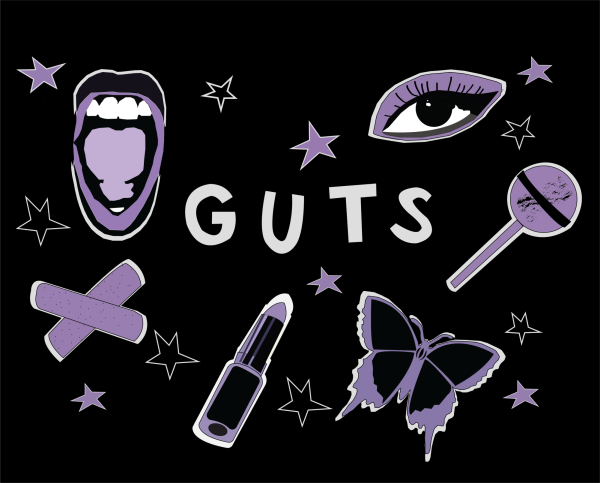Behind bars
Digital illustration of an elephant locked in a zoo cage.
November 7, 2021
Imagine living in a cage your whole life, doing the same thing everyday over and over again. Your sole purpose in life is to look interesting for people who are paying to see you.
No, you are not the one in the cage, animals with no control as to what happens to them are.
They are just useless animals though. Why should we care?
When you see puppies and kittens at an adoption center, you immediately want to take every single one home. Yet, you will pay to see other animals trapped in the same captive environments, and stare at their suffering.
Majority of animals seen at zoos are bred in captivity, meaning from the time they are born to the time they die, the only home they know is a cramped and gloomy cage.
Do not try to tell me not all cages are bad. No cage, no matter the size, can compare to the Great Plains of Africa, the Amazon Rainforest, the Great Barrier Reef or the Sahara Desert. The Kansas City Zoo has below average exhibits that do not cut it for their animals.
Many animals at the Kansas City Zoo have an inadequate amount of space to live, especially the elephants.
According to a spokesperson from the Kansas City Zoo, Josh Hollingsworth, the elephant’s exhibit was recently renovated. Now, it is around a quarter mile long. Although the zoo is taking steps to improve conditions for some animals, a quarter of a mile is nothing compared to one of the elephant’s many natural habitats, the Serengeti National Park. This habitat covers over thirty-seven million acres, a significant increase from a quarter of a mile.
Since almost all zoo animals are bred in captivity, they have never been given the chance to live outside of their cage, and so these beautiful creatures would fail if they were to be put back into their natural habitat. It is not their fault they will not be able to adjust, but rather the zoo’s, for they have set these animals up for failure.
I’ve always heard that zoos are trying to save endangered species, but for many zoos, their internal motive is questionable. If they really are “saving” the animals, then why are common animals being locked up when they could be in their natural environment, which has much more space to live in than any artificial living space a zoo can create?
Hollingsworth said the Kansas City Zoo is home to 200 species of animals, but only 37 of those species are listed as endangered, critically endangered or extinct in the wild.
This means 163 species are not in danger of extinction, so I ask the question, why do zoos even hold animals captive that are not endangered? They obviously are not saving them, so my guess is zoos just want money and do not care about the animals’ well-being.
Instead of going to a zoo, go visit an animal rehabilitation center, where they take in injured, sick or orphaned animals. In Linwood, Kansas, Operation Wildlife is a rehabilitation center. Visitors are welcome during an open house in October and their Santa Claws event in December. Unlike zoos, animal rehabilitation centers like Operation Wildlife value their animals and want to help.
Zoos are inhumane in every way. I believe they only care about the money-making aspect, not the animals themselves.
Now just try to imagine these zoo animals running free in their rightful homes compared to their dark cages, better right?












